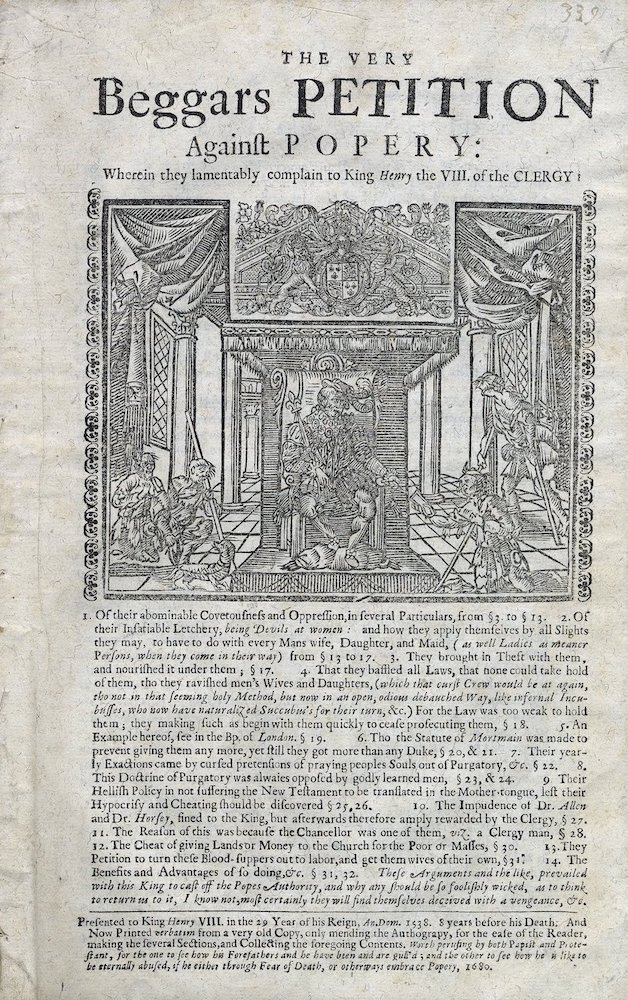Gull (various species)
Painting by Missy Dunaway. Created with acrylic ink on paper. 30x22 inches (76x56 cm)
Painting Key
Fauna: Top: 1 juvenile black-legged kittiwake (Rissa tridactyla), middle: 1 European herring gull (Larus argentatus), bottom: 2 little gulls (Hydrocoloeus minutus)
Objects: 10 seagull feathers, 3 seagull eggs, a multitude of shells found on English beaches (common blue mussel, sulcate astarte, unequal pandora, rostrate cuspidaria, pubescent thracia, ocean quahog, oxheart clam, giant razor shell, grooved razor clam, common European limpet, paradoxical blind limpet, common northern buccinum, common pelican’s foot, Mediterranean pelican’s foot, fool’s cap, Greenland wentletrap, common wentletrap, Turton’s wentletrap, purple raphitoma, navicula paperbubble, bubble akera)
Shakespeare’s Gull
Occurrences in text: 12
Plays: Henry V, Much Ado About Nothing, Othello, Richard III, Timon of Athens, Twelfth Night
Poems: “Sonnet 86”
Name as it appears in the text: “gull”
The seagull joins Shakespeare’s flock in July, as no other bird is so emblematic of summer. The word “gull” is used twelve times in Shakespeare’s plays. “Gull” is most likely derived from the word “beguiled,” meaning to be easily fooled.[i] This word appears the most in Twelfth Night, a play full of pranks and hijinks.
At first, I assumed the gull was the trickster beguiling others, as it has a reputation for swindling food from beachgoers. However, in Shakespeare’s world, the tables are turned, and the gull is the easy target. “Gull” was another name for a fool or the victim of a prank.[ii] It is the latest bird I have encountered with a negative connotation, joining the derogatory heron (coward) and cormorant (glutton).
A petition created by Simon Fish lists complaints against King Henry VIII, stating that the king’s subjects have been foolishly tricked, or “gulled.” “Worth perusing by both papist and Protestant, for the one to see how his forefathers and he have been and are gull’d” (1531). Folger Shakespeare Library
Maria calls Malvolio a gull after she tricks him into wearing comical yellow stockings in one of the funniest scenes of Twelfth Night. Earlier in the play, Fabian describes Maria as a “gull-catcher.”
Twelfth Night, Act III, Scene 2, Line 66
MARIA: If you desire the spleen, and will laugh yourselves
into stitches, follow me. Yond gull Malvolio is
turned heathen, a very renegado; for there is no
Christian that means to be saved by believing rightly
can ever believe such impossible passages of grossness.
He’s in yellow stockings.
In Henry V, Gower makes the meaning of gull very clear by listing it alongside synonyms “fool” and “rogue:”
Henry V, Act III, Scene 6, Line 66
GOWER: Why, ’tis a gull, a fool, a rogue, that now and
then goes to the wars to grace himself at his return
into London under the form of a soldier
“Gull” is the broadest avian name I have encountered on my birding excursion through Shakespeare’s writing, and narrowing the term down to a single species was challenging. I had a similar issue when studying the turtle dove, as the word “dove” appears frequently and could refer to several types. However, the context and symbolism helped decode the correct one: doves used to describe love are turtle doves, the white bird of peace is a barbary dove, and a messenger bird is a rock dove.[iii]
Many kinds of seagulls are common throughout the British Isles, and differentiating between them is difficult because they commonly interbreed, creating hybrids that exhibit characteristics from multiple species.[iv] Which one did Shakespeare intend, and can I be sure that the bird I have chosen to render is the correct breed and not a hybrid?
This time, I accepted that Shakespeare likely meant any or all types. “Gull” is a general term that could correctly refer to several species. For the first time, my painting includes multiple species to cover a few possibilities. It depicts three of the most common seagulls found in the British Isles: a juvenile black-legged kittiwake (Rissa tridactyla), a European herring gull (Larus argentatus), and two little gulls (Hydrocoloeus minutes).
A seagull nibbles at seashells in this illustration by Jacob Cats (1627). Folger Shakespeare Library
James Edmund Harting, my favorite Shakespearean ornithologist, insists that the “scamels” Caliban mentions in The Tempest is another name for seagulls. Caliban tells Stephano and Trinculo, “I’ll bring thee/ To clustering filberts, and sometimes I’ll get thee/ Young scamels from the rock.” “Scamels” is debated among scholars, and no one can agree on its meaning. Some interpret “scamels” as mussels or another rock-bound treat. The context of the verse is too vague, so I have omitted “scamels” from the gull’s count.
Endnotes
[i] Harting, J., The Birds of Shakespeare, (London: John Van Voorst, Paternoster Row, 1871), 266.
[ii] Harting, J., The Birds of Shakespeare, (London: John Van Voorst, Paternoster Row, 1871), 266.
[iii] Harting, J., The Birds of Shakespeare, (London: John Van Voorst, Paternoster Row, 1871), 191.
[iv] Kaufman, Kenn. "Which Birds Produce the Most Hybrids?" Audubon, 20 Apr. 2018, https://www.audubon.org/news/which-birds-produce-most-hybrids. Accessed 6 Jul. 2023.


